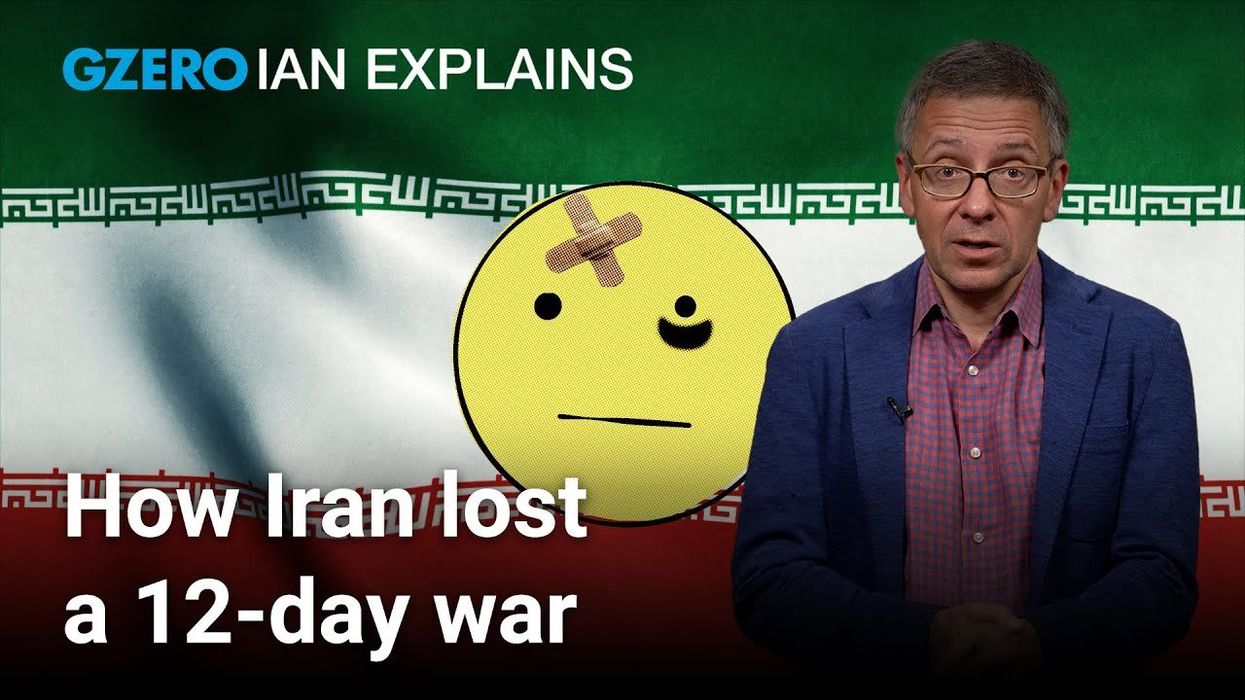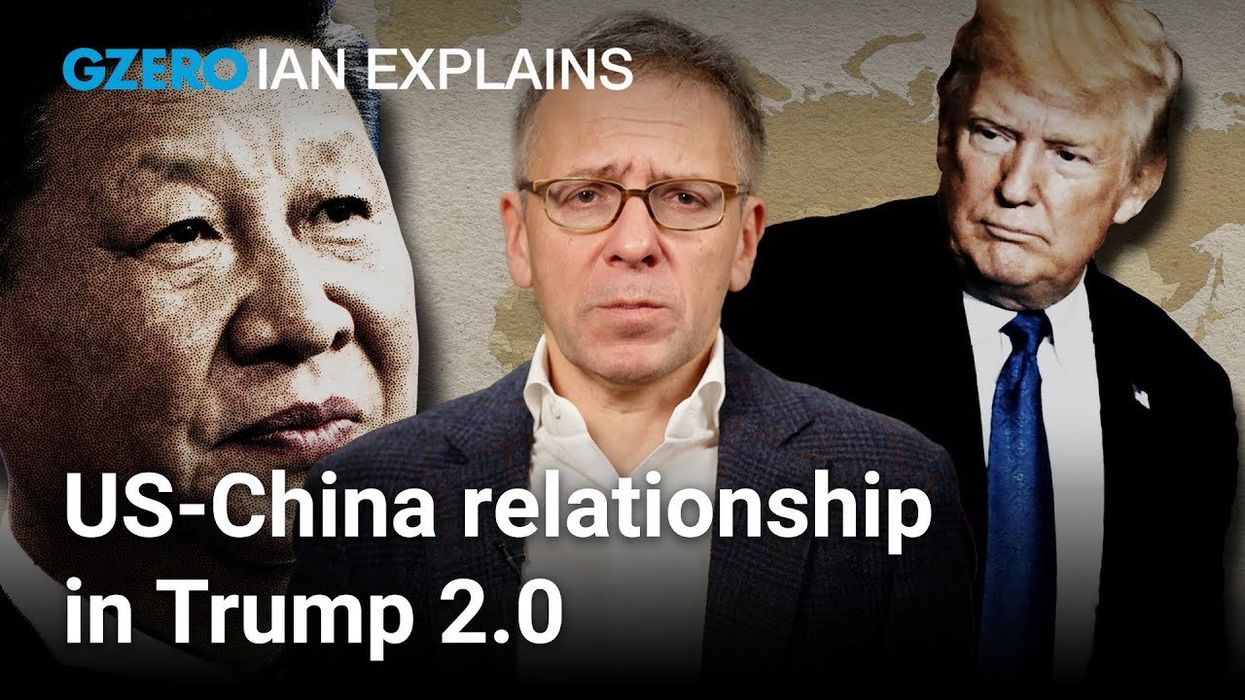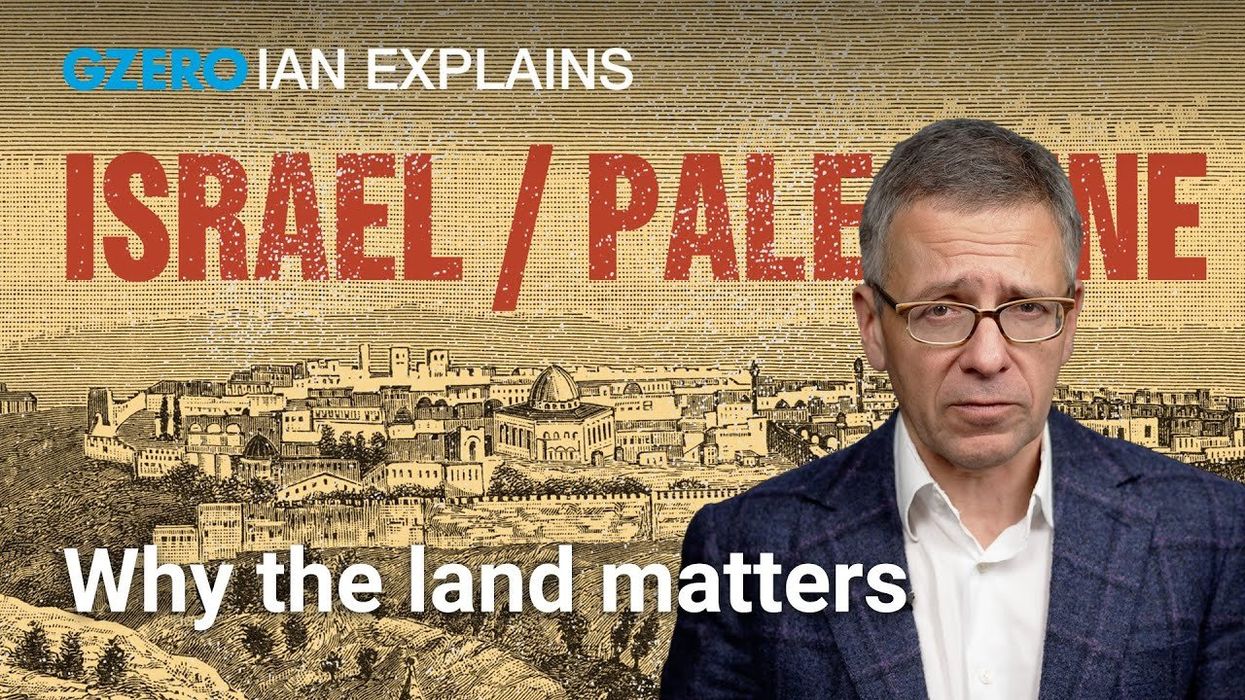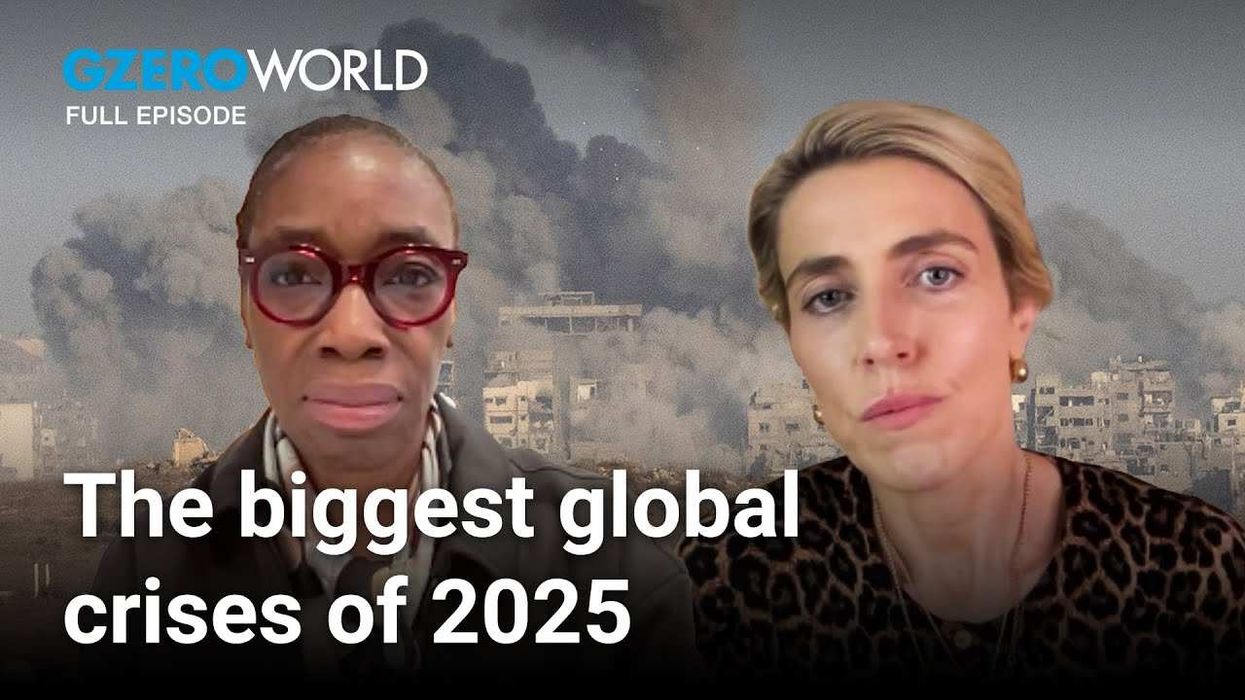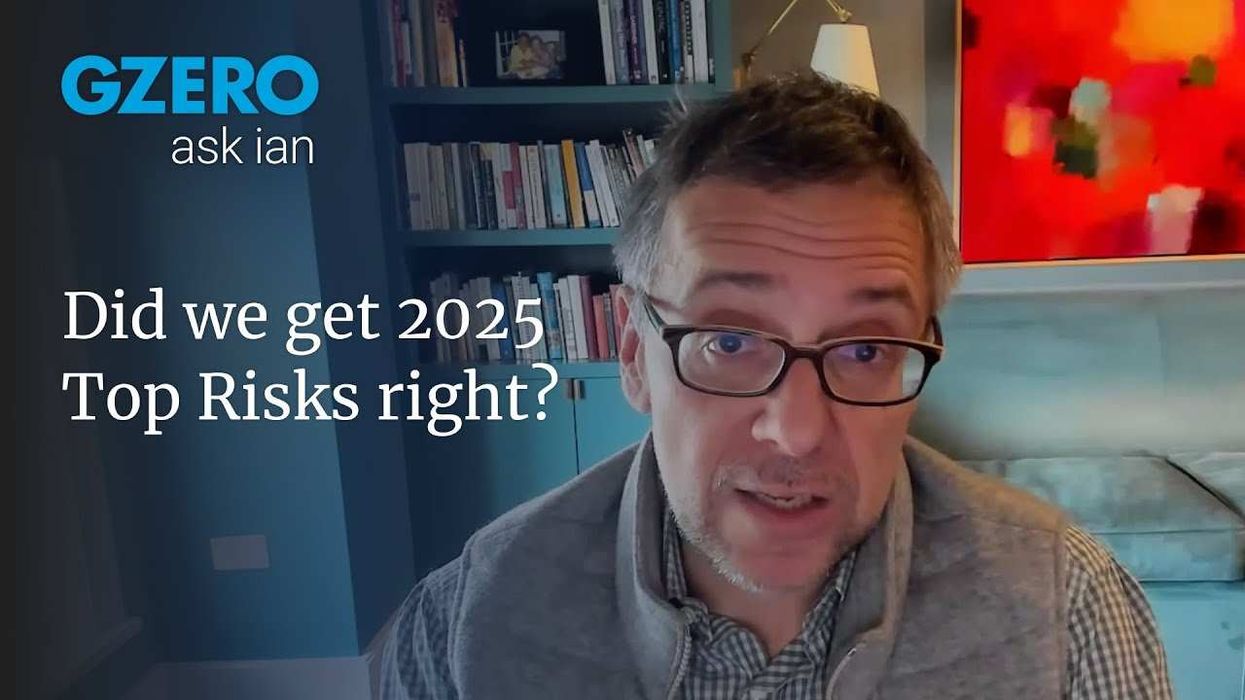VIDEOSGZERO World with Ian BremmerQuick TakePUPPET REGIMEIan ExplainsGZERO ReportsAsk IanGlobal Stage
Site Navigation
Search
Human content,
AI powered search.
Latest Stories
Start your day right!
Get latest updates and insights delivered to your inbox.
Whose side is India on? Well, it's complicated. Based on the plushest of red carpets that President Biden rolled out for the Indian Prime Minister Narendra Modi during his White House visit in June, one might think the two were the closest of allies. But India has a long history of what it used to call "strategic non-alignment" and now refers to as "multilateralism."
After enduring a century of British colonial rule, it’s understandable that Indians would bristle at being told to enter the fold of one global alliance or another, especially when one side includes their former colonizer. And Indians feel they shouldn’t have to hide behind anyone. This behemoth of a nation just overpassed China to become to most populous country on earth and its rapidly growing economy could overtake Germany and Japan’s within this decade.
The sustainability of that stance has been severely tested, however, in the wake of Delhi's refusal to explicitly condemn Russia's invasion of Ukraine, and critics argue that it's long past time for India to pick a side.
Watch Ian Explains for the full breakdown, and for more on India, watch GZERO World with Ian Bremmer on US public television and at gzeromedia.com/gzeroworld.
Keep reading...Show less
More from Ian Explains
Ian Explains
Dec 19, 2025
Can we still trust Wikipedia?
December 12, 2025
Will AI replace human workers?
December 05, 2025
Could the US pull another Panama in Venezuela?
November 21, 2025
Is the AI bubble about to burst?
November 14, 2025
What the US can learn from China's infrastructure boom
November 07, 2025
Is the future of AI physical?
October 24, 2025
The state of America's political parties
October 17, 2025
Can Israel become a "super-Sparta?"
October 08, 2025
How Russia overtook Ukraine's drone advantage
September 26, 2025
The UN is running out of cash. Can it reform before it's too late?
September 22, 2025
Will Trump's energy policies set back climate progress?
September 12, 2025
50 years of the war on cancer
September 05, 2025
The broken system behind the refugee crisis
August 22, 2025
Why India and Pakistan can't get along
August 15, 2025
Trump's tariffs are already changing global trade
August 01, 2025
Do nuclear weapons make a country safer?
July 11, 2025
Israel, Iran, and the US went to war. Now what happens?
July 05, 2025
How China would seize Taiwan without firing a shot
June 06, 2025
What is artificial general intelligence?
May 16, 2025
50 Years on, have we learned the Vietnam War's lessons?
April 25, 2025
Will Trump pressure Putin for a Ukraine ceasefire?
April 11, 2025
Will the Trump-Musk relationship last?
March 28, 2025
Did Wall Street get Trump wrong?
March 21, 2025
What is President Trump's stance on China?
March 14, 2025
Russia’s next target? Why the Baltics are wary of Putin
February 28, 2025
Can Europe defend Ukraine without US support?
February 22, 2025
Trump to Gazans: Does it matter where you live?
February 15, 2025
What's behind RFK Jr.'s "Make America Healthy Again" movement?
February 07, 2025
Is Europe ready to embrace Trump's return to power?
January 31, 2025
What does Big Tech want from Trump?
January 17, 2025
GZERO Series
GZERO Daily: our free newsletter about global politics
Keep up with what’s going on around the world - and why it matters.



















